Highlights
- A faulty CrowdStrike update caused widespread Windows system crashes, known as the “blue screen of death.”
- Approximately 8.5 million devices were affected globally, disrupting major industries.
- Both Microsoft and CrowdStrike acted swiftly to resolve the issue and reassure users.
- Elon Musk’s comments on social media added to the controversy during the crisis.
On 19 July 2024, millions of Windows users worldwide woke up to an unexpected nightmare.
A routine security update from CrowdStrike, a leading cybersecurity company, went terribly wrong, causing widespread system failures and the dreaded ‘blue screen of death’ (BSOD).
This incident, now dubbed the “CrowdStrike Update Fiasco,” has sent shockwaves through the tech industry and highlighted the delicate balance between security and stability in our digital world.
Understanding the CrowdStrike Update
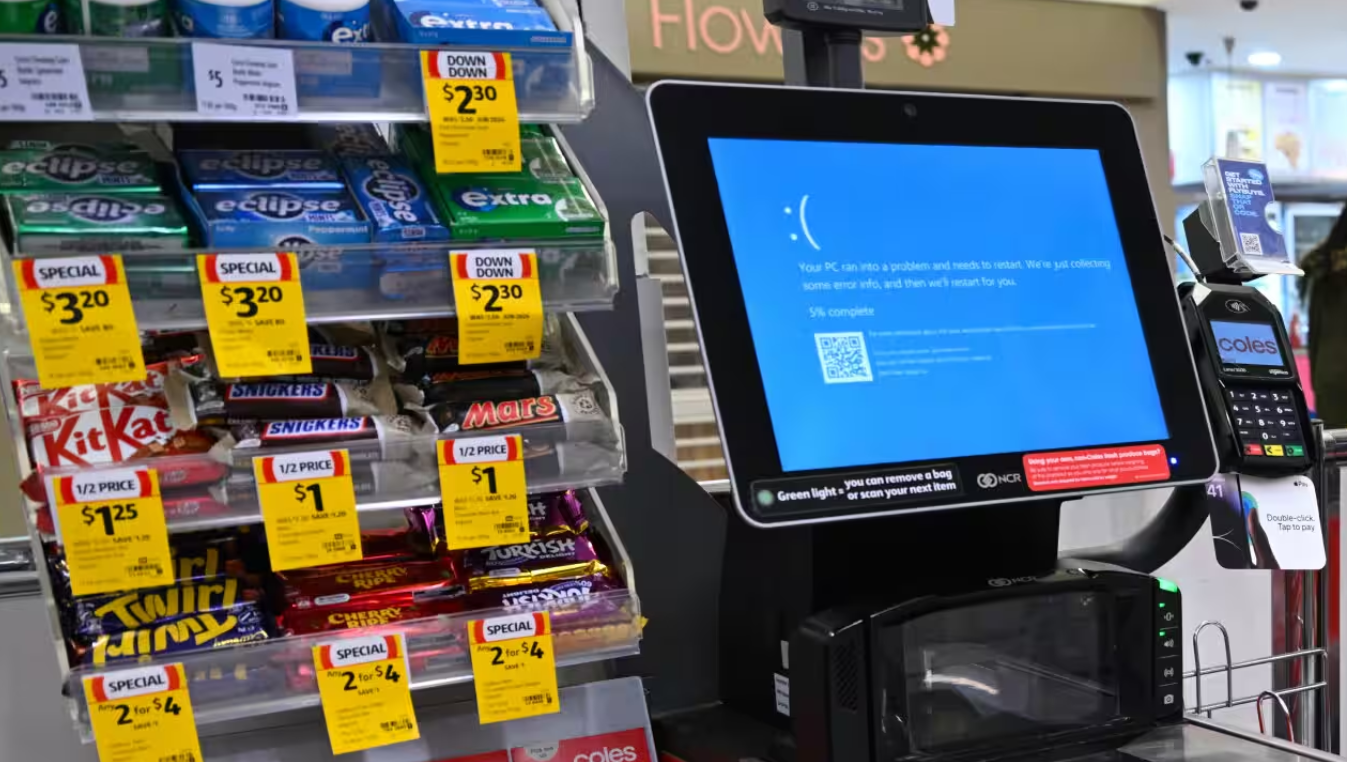
To fully grasp the scope of this incident, it’s crucial to understand what the CrowdStrike update was meant to accomplish.
CrowdStrike’s Falcon is an advanced endpoint protection platform designed to detect and prevent cyber threats in real-time.
The ill-fated update was part of a routine process to enhance the software’s ability to identify and neutralise emerging cybersecurity threats.
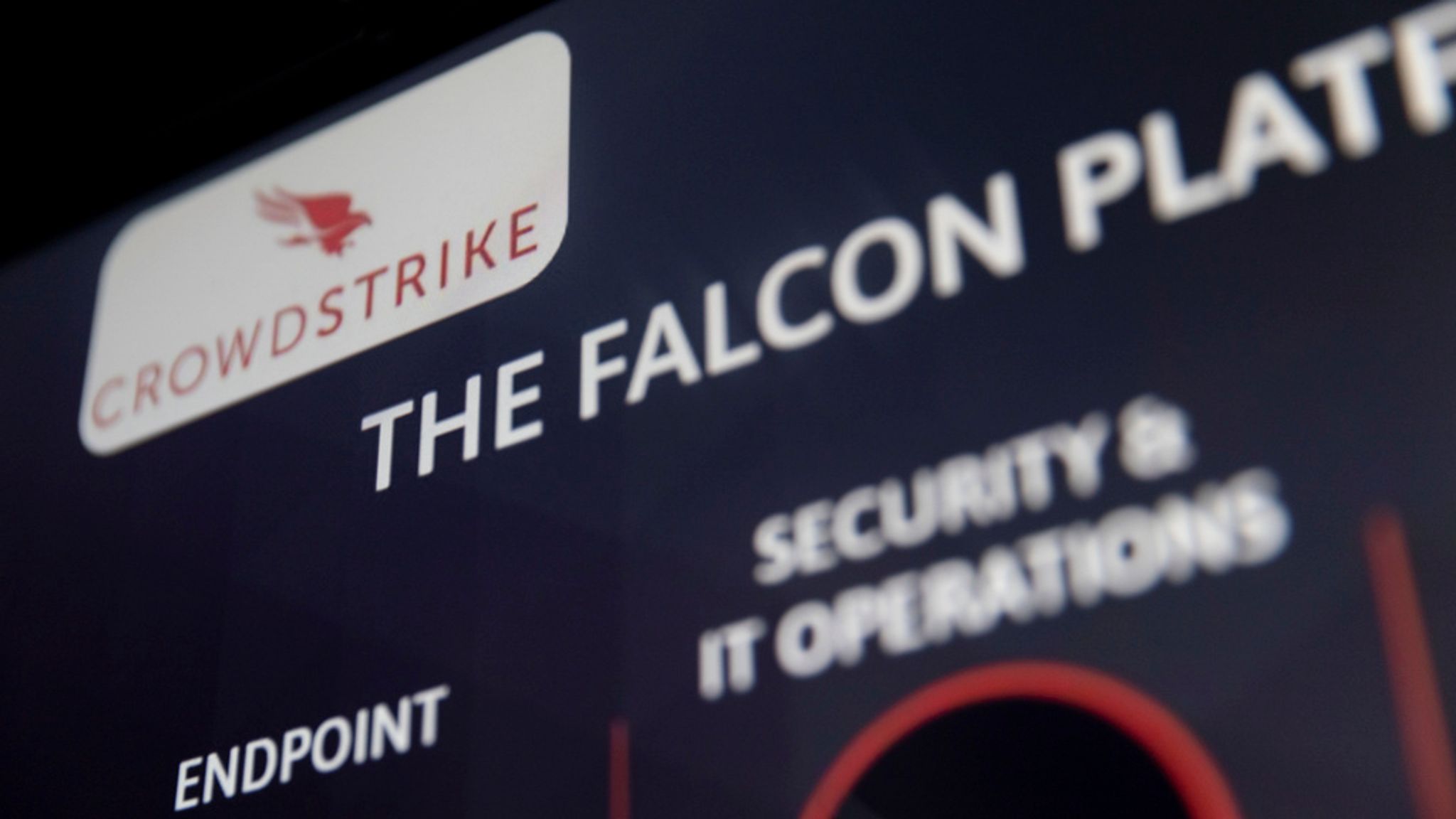
The update included new threat detection algorithms and improved system scanning capabilities.
However, a critical error in the code caused the software to misinterpret normal system processes as potential threats.
This triggered an aggressive response from the Falcon software, leading to system crashes and the infamous blue screen of death.
Ironically, the very update intended to bolster system security became the biggest threat to millions of Windows devices worldwide.
Microsoft’s Response: Damage Control
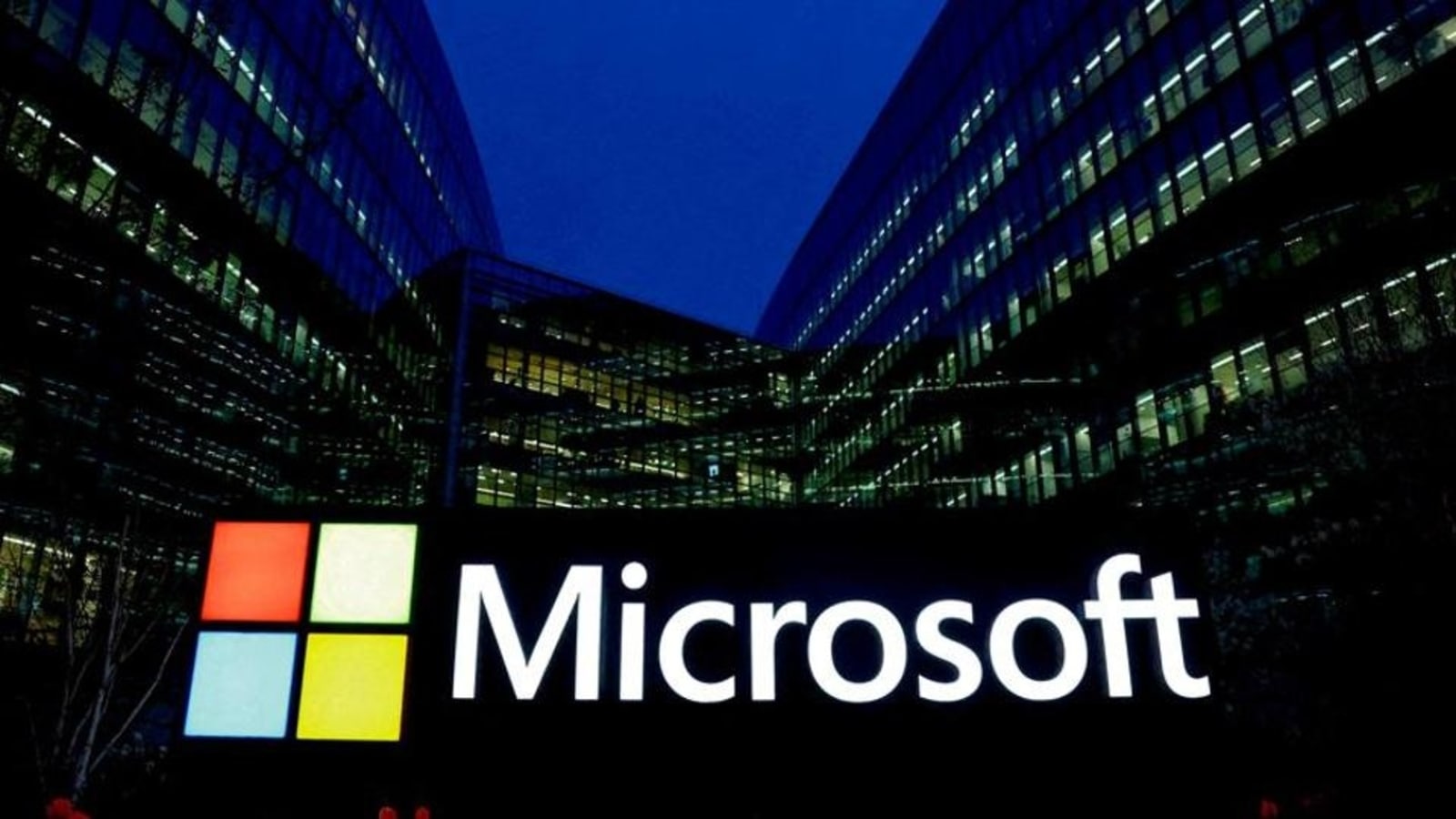
As the crisis unfolded, Microsoft scrambled to assess the damage.
According to their reports, approximately 8.5 million devices were affected by the faulty update.
While this number is staggering, it represents less than 1% of all Windows devices globally, thanks to Windows’ massive user base and the update’s focus on enterprise systems with automatic updates enabled.
Businesses Bear the Brunt
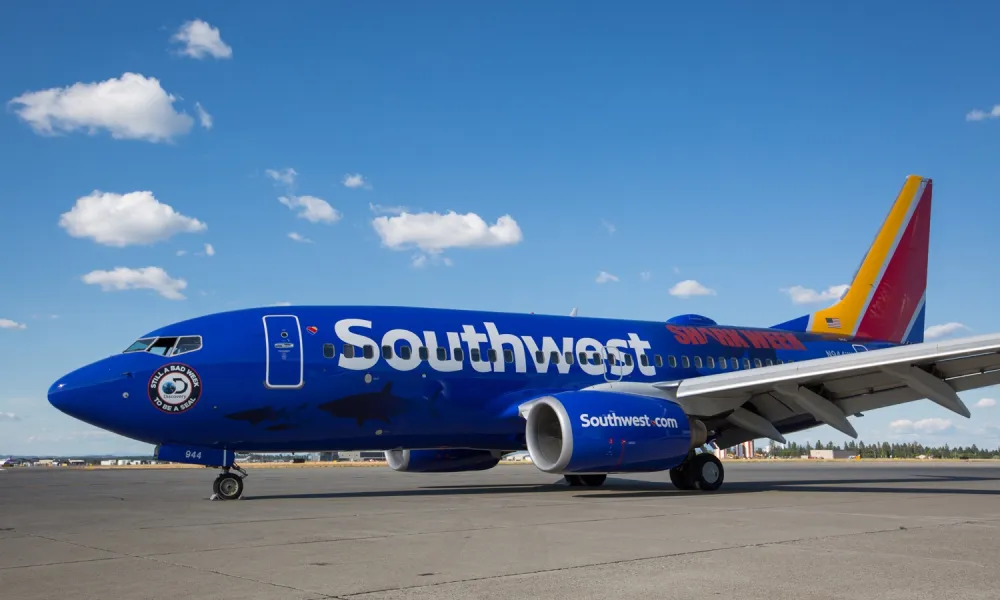
The impact on businesses was particularly severe.
Airlines, banks, hospitals, and retailers found themselves grappling with communication breakdowns, halted transactions, and operational slowdowns.
The widespread use of virtual machines for remote work only compounded the problem, leaving many employees unable to access their work systems.
As news of the global outage spread, CrowdStrike’s stock price took a nosedive, dropping 11% and wiping billions off the company’s market value.
Elon Musk Adds Fuel to the Fire
We just deleted Crowdstrike from all our systems, so no rollouts at all
— Elon Musk (@elonmusk) July 19, 2024
Never one to miss an opportunity for a jab, tech mogul Elon Musk took to social media to mock Microsoft during the crisis.
His tweet, “Macrohard >> Microsoft,” along with a meme highlighting that his platform X (formerly Twitter) was still functioning, added a touch of controversy to an already tense situation.
Musk followed up his initial tweet with several more posts, including one that read, “Maybe it’s time for an OS that doesn’t blue screen every other Tuesday.”
Crowdstrike server room pic.twitter.com/9n5rwiYxMj
— Not Elon Musk (@iamnot_elon) July 19, 2024
This comment not only mocked Microsoft’s historical issues with system stability but also hinted at Musk’s own ambitions in the tech world.
Some speculated that Musk’s comments were more than just opportunistic jabs.
Given his involvement in AI development through companies like Tesla and xAI, some industry watchers wondered if Musk was subtly positioning himself or his companies as potential players in the operating system market.
The Road to Recovery
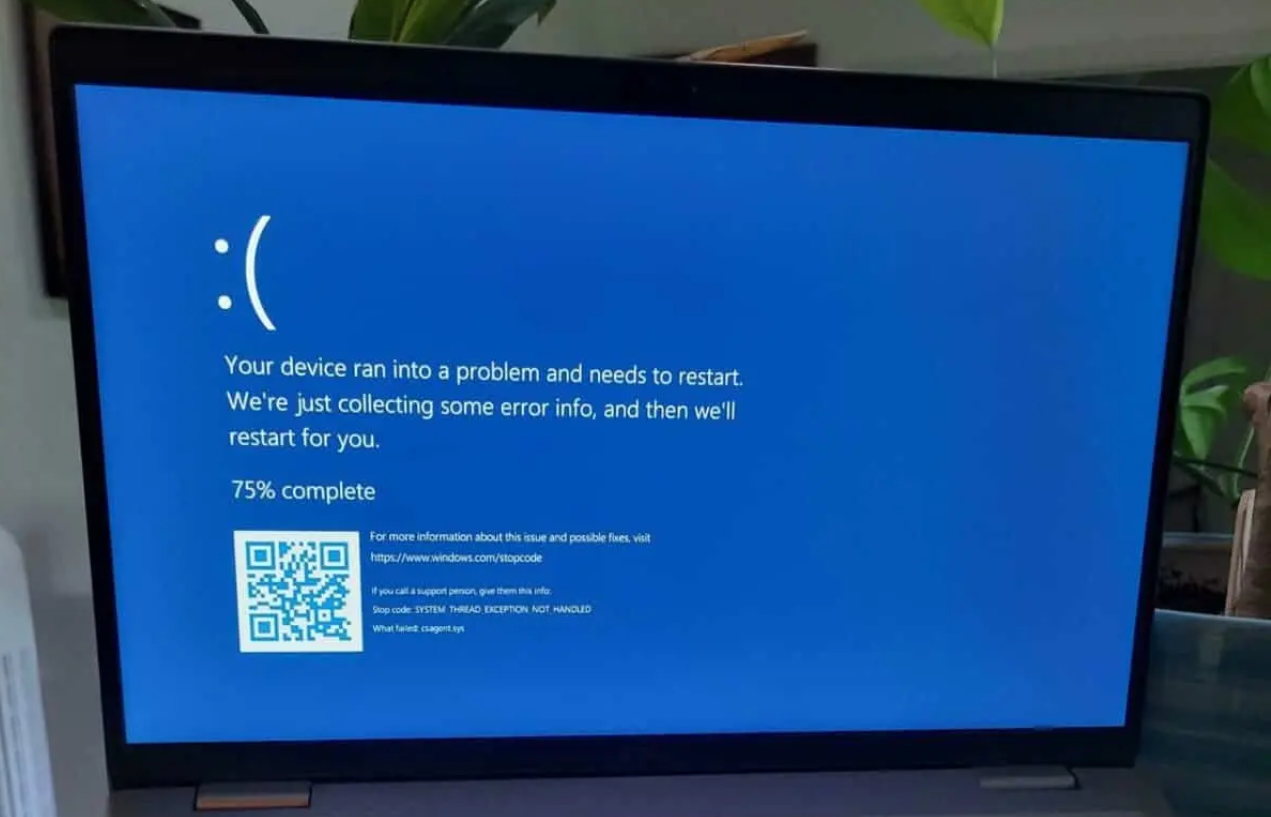
Both Microsoft and CrowdStrike acted swiftly to address the crisis.
Microsoft released a patch to correct the error and provided detailed instructions for users to manually remove the faulty files.
CrowdStrike, for its part, rolled back the problematic update and deployed fixes to address the crashes.
George Kurtz, CrowdStrike’s CEO, took to social media to reassure customers, stating, “This is not a security incident or cyberattack.
The issue has been identified, isolated, and a fix has been deployed.”
He directed affected users to the company’s support portal for updates and promised ongoing communication.
Lessons Learned: The Future of Software Security
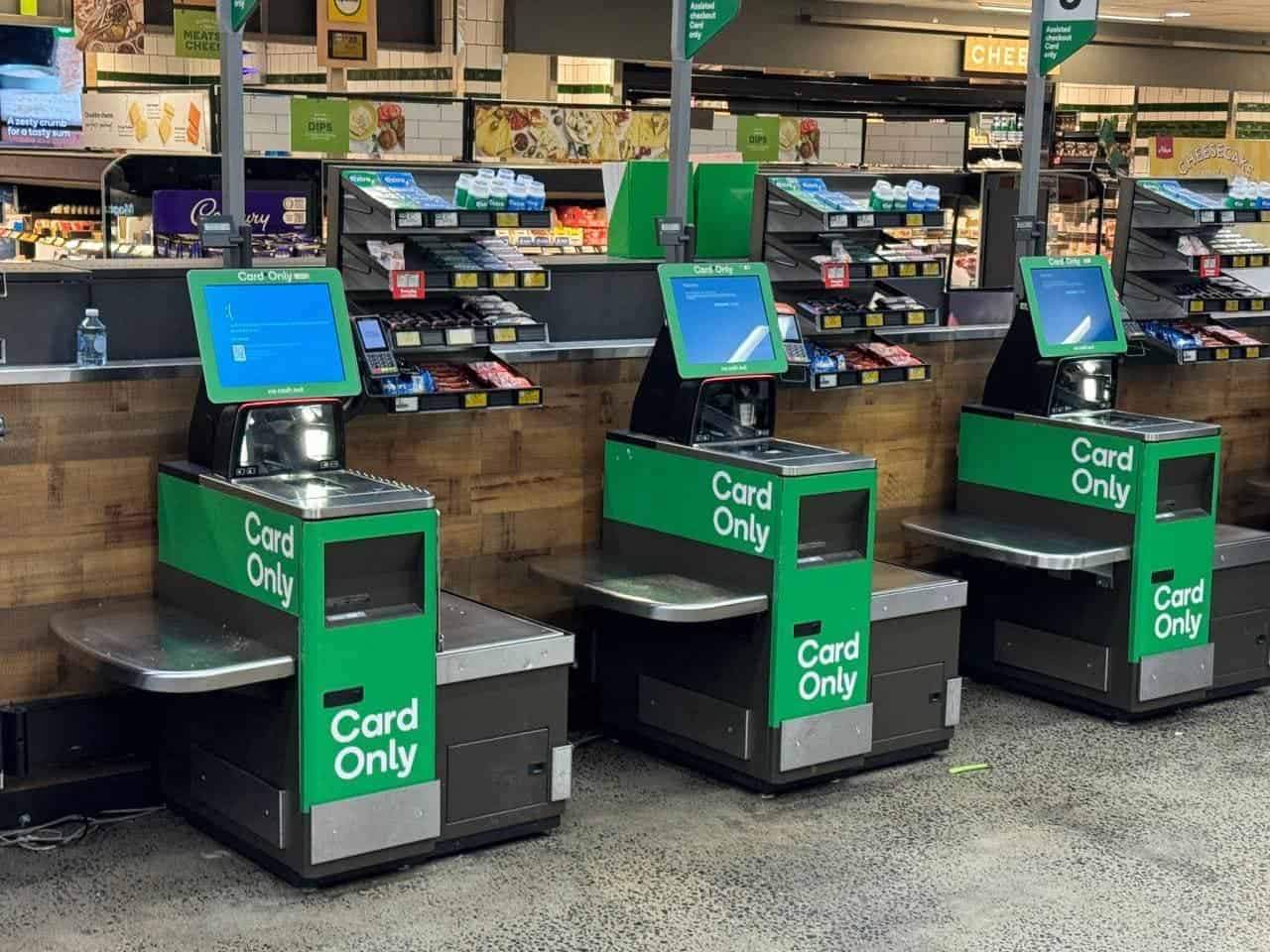
The CrowdStrike disaster is a wake-up call to the whole IT sector.
It emphasizes the vital need of thorough testing and quality assurance in software development, particularly for security systems in which a single error can have far-reaching effects.
- Moving forward, experts suggest several key areas for improvement:
- Enhanced Collaboration: Closer cooperation between cybersecurity companies and operating system providers is essential. This includes better communication channels and standardised update deployment protocols.
- Automated Testing: Implementing more robust automated testing systems can help catch errors before software is released to the public.
- AI-Powered Security: Artificial intelligence can play a crucial role in identifying potential threats and vulnerabilities, reducing reliance on manual updates.
- Self-Healing Systems: Developing security software that can detect and fix problems automatically could help prevent similar incidents in the future.
- User Preparedness: The incident underscores the importance of robust disaster recovery plans for businesses, including regular data backups and clear troubleshooting procedures.
An Unexpected Saviour: Windows 3.1 to the Rescue
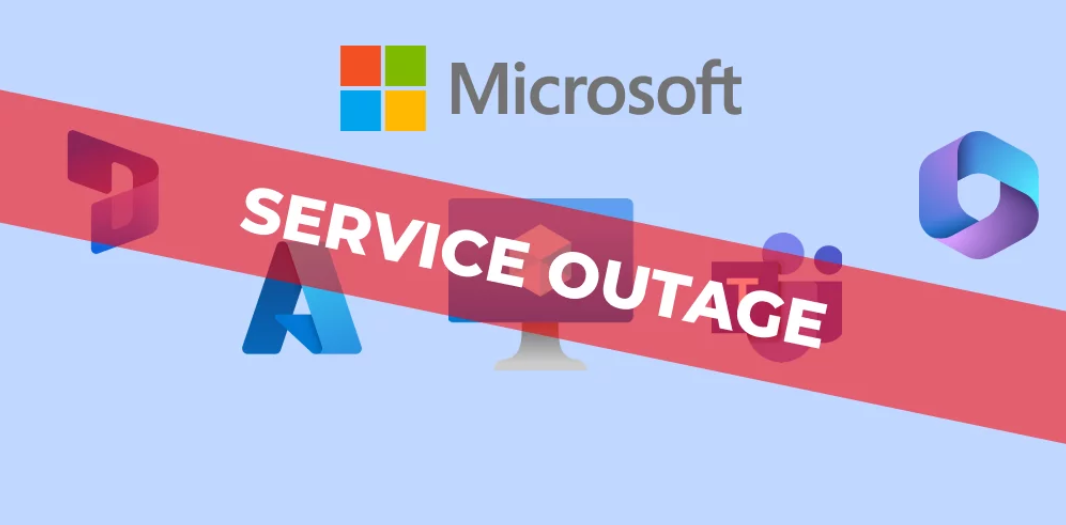
In an ironic twist to the CrowdStrike Update Fiasco, some companies found an unlikely hero in a 30-year-old operating system.
Southwest Airlines, one of the many businesses affected by the widespread system failures, managed to keep some of its operations running thanks to Windows 3.1, a version of Microsoft’s operating system released back in 1992.
This revelation highlights the surprising resilience of older technology in the face of modern challenges.
Southwest used Windows 3.1 for certain of its ground operations systems, therefore the CrowdStrike upgrade, which was built for far later versions of Windows, had no effect on these specific terminals.
While not a perfect solution to the issue, this unanticipated workaround allowed Southwest to preserve some level of operation throughout the outage, illustrating that occasionally, older may truly be better.
FAQs
What caused the global Windows crash in July 2024?
The crash was caused by a faulty CrowdStrike update intended to enhance threat detection but resulted in system failures and blue screens of death.
How many devices were affected by the CrowdStrike update?
Approximately 8.5 million Windows devices were affected worldwide.
What was Microsoft’s response to the CrowdStrike update issue?
Microsoft released a patch to correct the error and provided detailed instructions for users to manually remove the faulty files.
How did CrowdStrike address the update problem?
CrowdStrike rolled back the problematic update, deployed fixes, and assured customers that it was not a security breach or cyberattack.
What impact did the update issue have on businesses?
The issue caused significant disruptions in various sectors, including airlines, banks, hospitals, and retailers, affecting communication, transactions, and operations.
Also Read: Microsoft and CrowdStrike Update: Global IT Outage Triggers Major Disruptions Across Sectors
